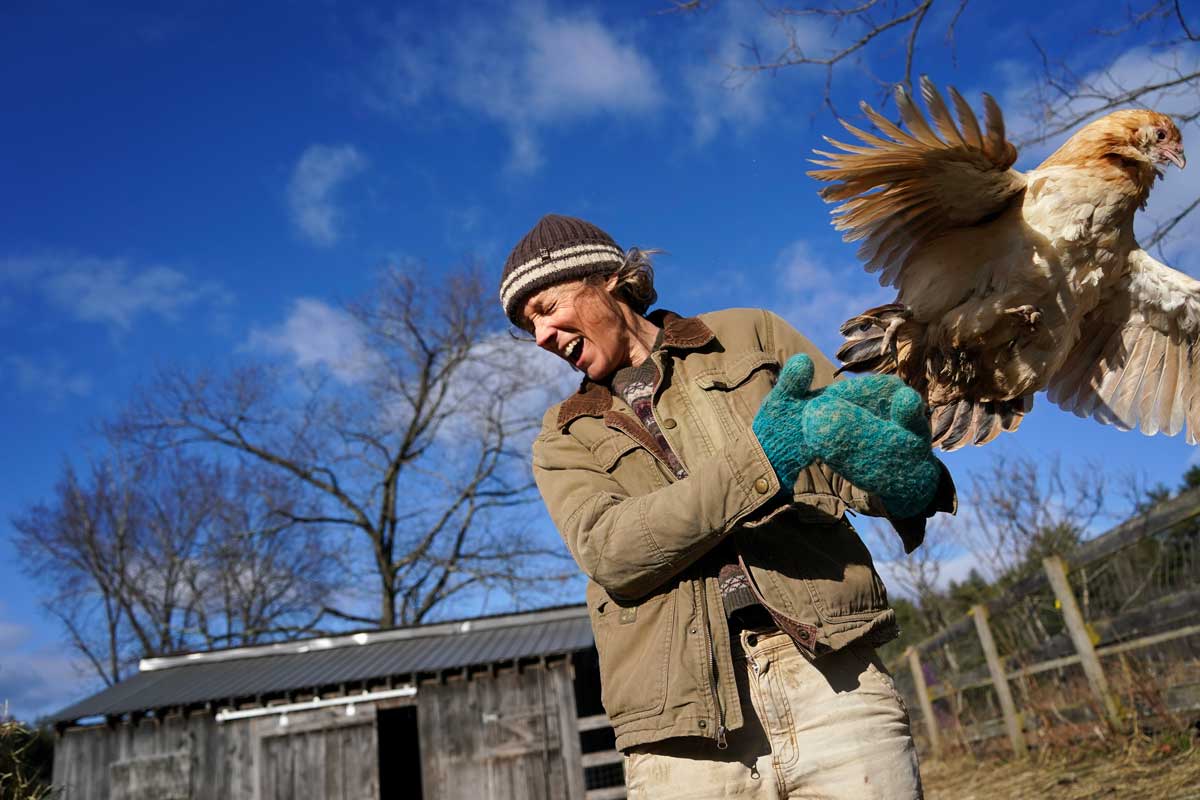Bird flu outbreak is driving up egg prices — again
A multi-state outbreak of avian influenza, also known as bird flu, is leading to a jump in the price of eggs around the U.S. — an unhappy reminder for consumers that a range of unforeseen developments can trigger inflation.
As of April 24, a dozen large grade A eggs cost an average of $2.99, up nearly 16% from $2.52 in January, according to federal labor data. The price increase comes as nearly 9 million chickens across Michigan, Minnesota, New Mexico and Texas have been discovered to be infected with bird flu in recent weeks, according to the U.S. Department of Agriculture. That is crimping egg supplies, leading to higher prices.
Eggs are a staple grocery item in U.S. households, used for making everything from omelettes at breakfast to fresh pasta and binding a meatloaf for dinner. Egg consumption also has risen in part because more families are eating them as their main protein substitute, said David Anderson, a food economist at Texas A&M University. Rising prices affect millions of consumers, even those who opt for liquid egg yolks in the carton as opposed to solid shells.
During a bird flu outbreak, farmers report the incident to the USDA and officials from the agency visit the farm to slaughter the entire flock, Andrew Stevens, an agricultural economist at the University of Wisconsin, told CBS MoneyWatch. For the chicken farmer, that means "hundreds of thousands of them that were laying multiple eggs are now not," Stevens said.
"You're taking out all the baseline egg production for up to three months at a time," Stevens said. "You're paying for that lag time it takes to shore up and build back up production."
Egg costs also soared after the country in 2022 saw the deadliest outbreak of avian flu in U.S. history, driving up the average price for a dozen large grade A eggs to $4.25 and leading to shortages in some regions.
The current strain of bird flu, which scientists are calling highly pathogenic avian influenza (HPAI), originated in Michigan in 2022. The strain led the nation's largest producer of fresh eggs, Cal-Maine Foods, to slaughter 1.6 million hens after finding cases at its plant in Texas.
In 2014-15, the company was forced to kill more than 50 million chickens and turkeys because of a bird flu outbreak, leading to an estimated $3.3 billion in economic losses, according to the USDA.
"Hopefully this year is not as bad as 2022 and 2015, but we have lost some birds," Anderson said. "But the egg-laying chickens we have in production are producing more eggs."
Cases of HPAI are arising just as farmers across the U.S. work to more hens to keep up with Americans' growing demand for eggs, Anderson said. Typically, there are two major spikes in egg demand every year — once just before Easter and again during the year-end holidays, when everyone is baking for Thanksgiving and Christmas.
The nation had 313 million egg-laying hens as of April, down from 316 million during the same period last year, Anderson noted.
It will take time to boost egg supplies as farmers hatch and raise new hens, so production is unlikely to return to normal for at least three months, Stevens said.
Bird flu is carried by free-flying waterfowl, such as ducks, geese and shorebirds, and infects chickens, turkeys, pheasants, quail, domestic ducks, geese and guinea fowl. Fortunately, the public health risk related to bird flu remains low, according to the Centers for Disease Control and Prevention.
Still, cooking all poultry and eggs to an internal temperature of 165 ˚F is advised as a general food safety rule.
Bird flu is also infecting livestock. A young goat in western Minnesota tested positive for the disease in March, marking the first case of its kind in the U.S. Milk from dairy cows in Texas and Kansas also have recently tested positive for bird flu.





